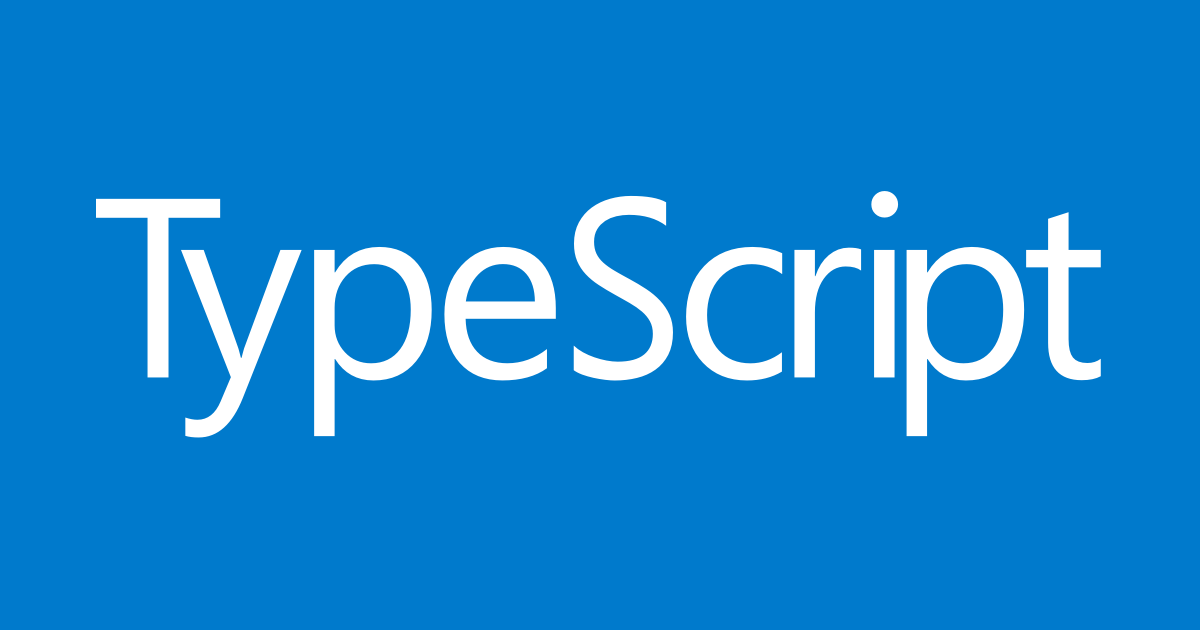
JavaScriptで幅優先探索 (bfs) を実装する
2020-01-1310 min read
目次
概要
JavaScriptで幅優先探索 (bfs) を実装し簡単な最短経路の探索問題を解いてみました。
AtCoderの問題を参考にしています
bfsソースコード
前提
bfs 関数の定義について
引数 tableは、れぞれのマスが通行可能な空きマス(.)か通行不可能な壁マス(#) で定義されている2次元配列です。
引数 start は、探索のスタート一であり [y, x] の形式の配列で渡します。
引数 goal は、探索のスタート一であり [y, x] の形式の配列で渡します。
それぞれの引数の詳細はテストコードをご覧ください。
bfs関数
function bfs(table, start, goal) {
const d = [[1, 0], [0, 1], [-1, 0], [0, -1]];
const queue = [];
const H = table.length;
const W = table[0].length;
const min = [...Array(H)].map(n => [...Array(W)].fill('*'));
queue.push(start);
min[start[0]][start[1]] = 0;
// Queue に残りがある限りループする
while (queue.length > 0) {
const p = queue.shift();
// ゴールに到着しているならbreak
if (p[0] === goal[0] && p[1] === goal[1]) {
break;
}
// 右、下、左、上の順でチェック
for (let i = 0; i < d.length; i++) {
const next_y = p[0] + d[i][0];
const next_x = p[1] + d[i][1];
// はみ出し、壁衝突を考慮する
if (next_y < 0 || W <= next_x) continue;
if (next_x < 0 || H <= next_y) continue;
if (table[next_y][next_x] === '#') continue;
if (min[next_y][next_x] !== '*') continue;
// 新しいポジションへの移動は現地点への最短経路+1となる
queue.push([next_y, next_x]);
min[next_y][next_x] = min[p[0]][p[1]] + 1;
}
}
return min[goal[0]][goal[1]];
}テストコード
'use strict';
main();
function main() {
const S = [1, 1]; // start
const G = [1, 3]; // goal
const T = [
'########',
'#.#....#',
'#.###..#',
'#......#',
'########',
].map(n => n.split(''));
const answer = bfs(T, S, G);
console.log(answer); // 10
}Recommends
New Posts
Hot posts!
Date
Author























![[Unicode]スペース以外の見えない空白文字の一覧](/images/thumbnail/linux-logo.png)
























 (29)
(29) (19)
(19) (16)
(16) (15)
(15) (12)
(12) (12)
(12) (11)
(11) (10)
(10) (10)
(10) (10)
(10) (10)
(10) (10)
(10) (9)
(9) (8)
(8) (8)
(8) (8)
(8) (7)
(7) (6)
(6) (6)
(6) (6)
(6) (6)
(6) (5)
(5) (5)
(5) (5)
(5) (5)
(5)

